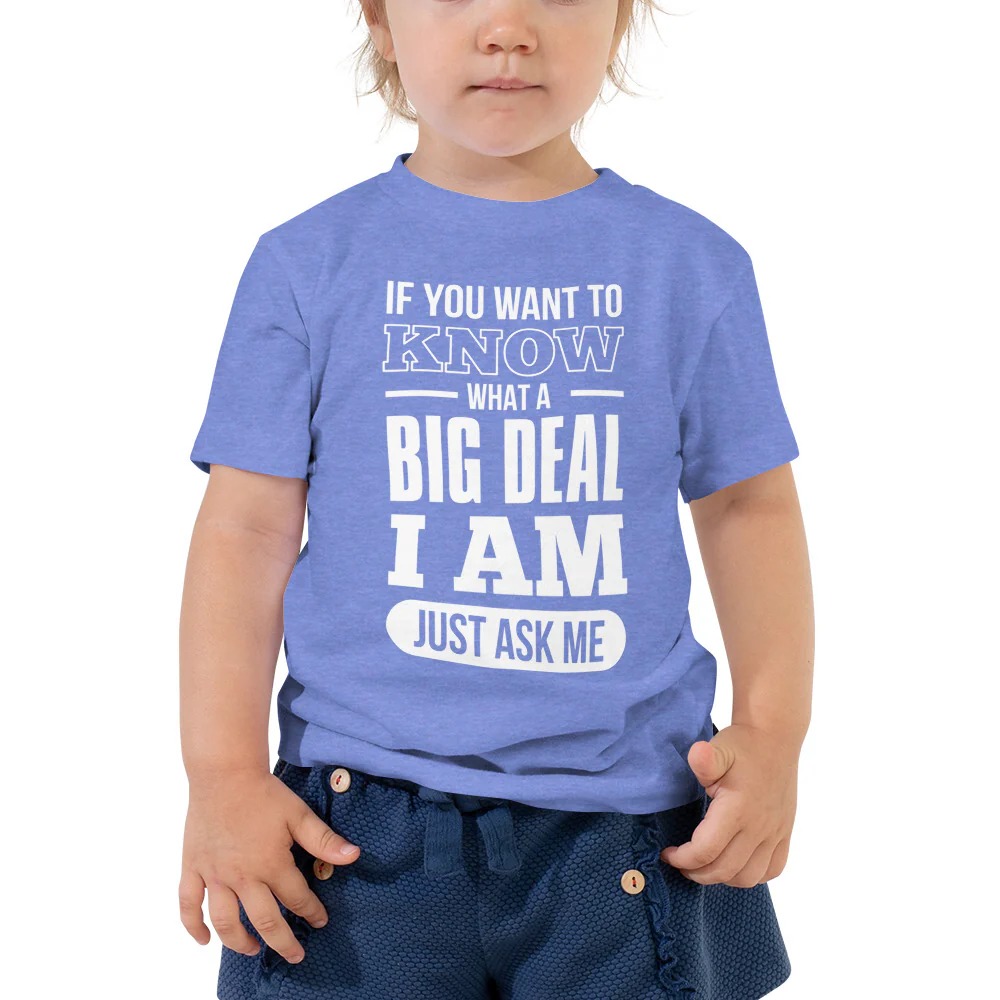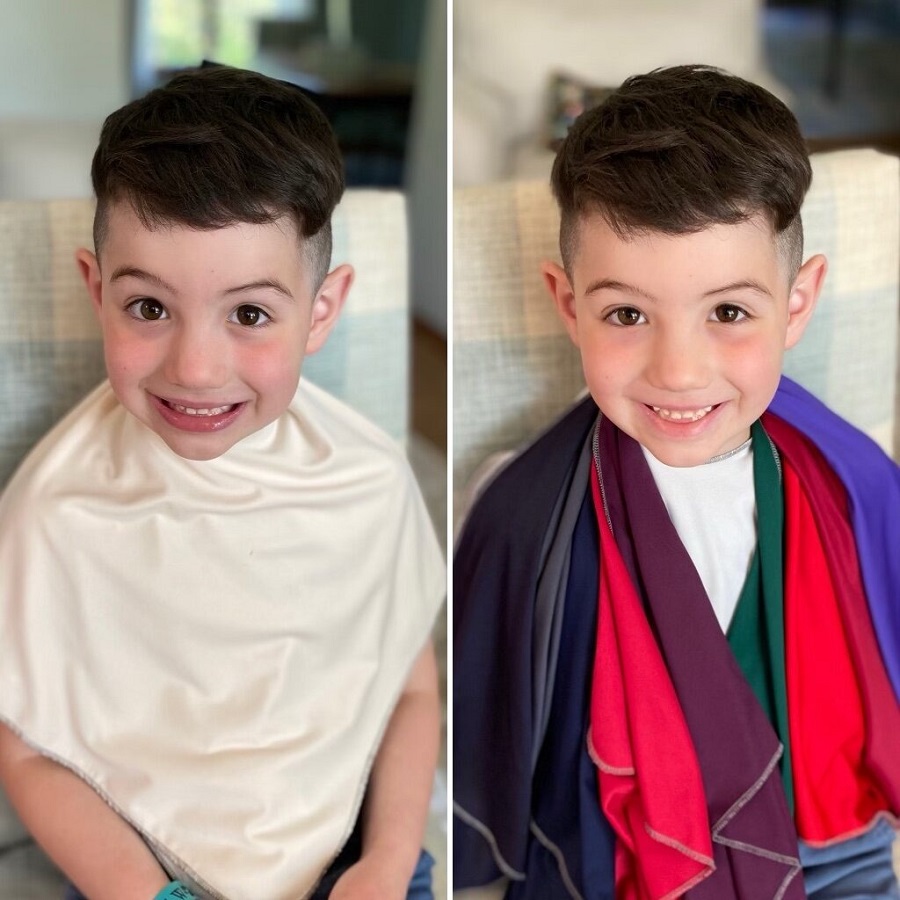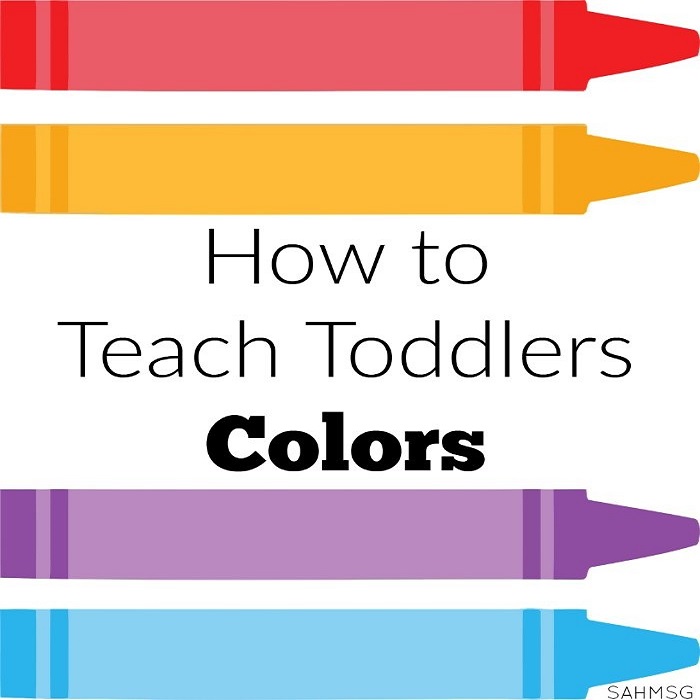The Color Learning Journey for Toddlers
The journey of learning colors is a fascinating stage in a toddler’s development. It’s where they start connecting words to the vibrant world around them. For many toddlers, this learning process begins with recognizing the primary colors: red, blue, and yellow. As they grow, they learn to identify a wider spectrum of colors, which enriches their vocabulary and understanding of the environment.
Around the age of 18 months, toddlers may start to show an interest in colors. However, it is usually between the ages of 2 and 3 that they begin to accurately identify different colors. This period is crucial, as cognitive development accelerates and language skills expand. They move from simple color recognition to naming colors, which is a significant milestone.
To support this learning journey, parents and caregivers can provide a variety of opportunities for toddlers to experience colors. This includes playtime activities, such as sorting games, colorful puzzles, and painting. Reading books with colorful illustrations and engaging in outdoor exploration to discuss the colors in nature also plays a pivotal role.
When teaching toddlers about colors, it’s important to repeat color words frequently. Using sentences like, ‘This is a red apple,’ or ‘The sky is blue today,’ helps to reinforce their learning. Be patient, as it’s normal for toddlers to confuse colors or make mistakes as they’re learning.
It’s vital to remember that each child develops at their own pace. While some toddlers may quickly grasp different colors, others may take more time. Celebrate each step in their color learning journey, whether it’s their first time correctly identifying a color or when they finally learn the full range of the rainbow.

Typical Age Range for Color Recognition
When it comes to the question ‘when should toddler know colors?’, the age range can vary. Typically, toddlers start showing interest in colors around 18 months. By the time they reach 2 to 3 years old, many can accurately name at least some colors. It’s during this time that their ability to recognize and differentiate colors strengthens.
During the ages of 2 to 4, children are rapidly developing cognitively, making it the prime window for color recognition skills. The pace of learning colors will differ from child to child. Some may pick up colors swiftly by the age of 2, while others might take until the age of 4.
Parents and caregivers will notice this developmental milestone as toddlers begin to match colors and point them out during playtime or while reading books. They might start by identifying primary colors like red, blue, and yellow before moving on to more complex shades.
It is important not to rush this process. Comparing children to one another is unnecessary, as each follows their own unique developmental timeline. Celebrating each small step a toddler takes in learning colors is key, keeping the experience positive and encouraging further learning.
Developmental Milestones Related to Color Identification
As toddlers grow, they hit certain developmental milestones that signal their progress in color recognition. Understanding these milestones can help parents and caregivers gauge where a toddler might be in their learning journey.
Recognizing Primary Colors
The first colors that toddlers usually recognize are the primary colors: red, blue, and yellow. Between the ages of two and three, many toddlers can point to and correctly name these colors when they see them. This recognition is a big step forward in their cognitive development.
Differentiating Shades
After learning the primary colors, toddlers begin to notice different shades. You may find a child distinguishing light blue from dark blue or recognizing pink as a variation of red. This usually happens closer to age 3 or 4.
Matching and Sorting Colors
One milestone that shows a growing understanding of colors is when a toddler can match and sort them. Playing with colored blocks or similar toys helps them practice and develop this skill. Most toddlers manage this by the age of 3.
Using Color Words in Sentences
Another important developmental milestone is the use of color words in sentences. ‘I want the red ball’ or ‘The yellow sun is bright’ are examples of toddlers incorporating their knowledge of colors into their communication. This step often occurs after they begin accurately identifying colors.
The timeline for these developmental milestones can vary, as each child learns at their own pace. Parents should encourage their children through each phase of learning colors, knowing that repetition and patience are key. It is also essential to remember that if a child takes longer to reach these milestones, it does not necessarily indicate a problem; every child’s developmental timeline is unique.

Engaging Activities to Teach Toddlers Colors
Engaging toddlers in color-learning activities can be both fun and educational. Here are several activities that can help toddlers get familiar with different colors:
Sorting Games
Sorting games are ideal for teaching colors. Use colored blocks, buttons, or beads and have your toddler sort them by color. This hands-on activity is not only enjoyable but also enhances their ability to recognize and categorize colors.
Colorful Puzzles
Puzzles with bright, colorful pieces can help toddlers associate shapes with colors. Picking up and placing the pieces allows them to physically engage with the colors, reinforcing their learning.
Painting and Drawing
Give toddlers crayons, markers, or paint, and let them create colorful art. Ask them to name the colors they’re using as they draw or paint to further embed color vocabulary.
Interactive Reading
Choose books with rich, colorful illustrations. Point to and name the colors on the pages. Encourage toddlers to do the same, prompting them with questions like, ‘What color is the cat?’
Color Scavenger Hunt
Create a scavenger hunt where toddlers search for objects of a certain color around the house or in the garden. This active game heightens their awareness of colors in everyday environments.
Remember to keep these activities light and pressure-free. The goal is to create a positive learning experience around colors. Patience and repetition will help reinforce what they learn, making the process natural and enjoyable.
By integrating these activities into their playtime, toddlers have the opportunity to learn colors in a dynamic and interactive way. It’s essential to celebrate each small victory, whether it’s a toddler recognizing a color for the first time or correctly naming several colors. With consistent practice and support, toddlers will gradually expand their knowledge and understanding of the colorful world around them.
Tips for Parents to Support Color Learning at Home
As parents and caregivers, you can take simple steps to help your toddler learn colors at home. Here are several tips to support your child’s color education journey.
- Introduce Colors During Daily Routines: Incorporate color words into everyday activities. Say ‘Green leaf’ when looking at plants or ‘Brown bread’ during meals. The goal is to use color words often.
- Create a Colorful Environment: Decorate your home with various colors. Use colorful posters, toys, and clothing. A vibrant setting makes learning more natural.
- Color Labeling: Label things around the house with their color names. You can use sticky notes or signs that say ‘blue towel’ or ‘red cup.’
- Encourage Color Choices: Let your toddler choose between colors when possible. Ask them whether they want to wear the blue shirt or the red one. This helps them practice using color words.
- Play Color Games: Turn learning into a game by playing ‘I Spy with My Little Eye’ using colors, or memory games with colored cards.
- Praise and Encouragement: When your child correctly identifies or uses a color word, celebrate their success. Praise motivates and reinforces learning.
- Consistency is Key: Repeat colors and color activities regularly. Consistent practice will help toddlers remember colors better.
- Be Patient: Learning colors takes time. Even if your toddler makes mistakes or seems not to remember a color, stay positive and keep practicing.
- Use Resources: Flashcards, coloring books, and educational apps designed to teach colors can be great tools.
Remember, ‘when should toddler know colors’ doesn’t have a set answer, as every child learns at their own pace. Your role is to facilitate a warm and engaging learning environment that encourages exploration and expression through colors.

The Role of Play in Learning Colors
The joy and engagement of play is key to teaching toddlers colors. Play naturally includes colorful toys and games, which when used smartly, can be powerful tools for learning. Here’s how play makes a difference:
- Learning Through Experience: Toddlers learn best by doing. While playing, they handle colorful objects which helps cement color names in their memory.
- Stimulating Imagination: Play sparks creativity. As toddlers imagine and create, they use colors to describe their world, building their vocabulary.
- Interactive Learning: Playing with others allows toddlers to hear and use color words in conversation, enhancing their language skills.
- Fun and Motivation: Games make learning fun. Enjoyable activities encourage toddlers to keep learning and exploring colors.
- Repetition and Reinforcement: Through consistent play, the repetitive exposure to colors deepens a toddler’s understanding.
The role of play cannot be overstated when considering the question ‘when should toddler know colors?’. It is through playful interaction with their environment that they learn and grow. So, let the games begin, and watch as your toddler’s world becomes a kaleidoscope of hues and shades.
Recognizing Potential Delays in Color Recognition
While most toddlers will learn colors within the typical age range, some may experience delays in color recognition. It’s important for parents and caregivers to be aware of these potential delays, understanding that they can be a normal part of development for some children. Here are signs to look out for and steps to take if you suspect a delay in your toddler’s color recognition skills:
- Lack of Interest: If a child shows little to no interest in colors or colored objects by the age of three, it may suggest a delay.
- Difficulty Distinguishing: Should a toddler frequently confuse colors or seem unable to differentiate between them past the expected age, this might indicate a recognition issue.
- Unable to Match or Sort: If a child struggles with matching or sorting colors during games or activities, it could be a sign of a developmental delay.
- Inconsistent Color Use: When a toddler rarely uses color words or uses them incorrectly, it might be a signal for further assessment.
Parents who notice these signs should not panic but instead take proactive steps. Consult with a pediatrician or a child development specialist; they can provide guidance and rule out any underlying issues. Additionally, keep engaging your toddler with colors in daily life. Continue with the games and activities recommended for their age group, and be patient throughout their learning process.
Every child develops at their own pace, and a delay in recognizing colors doesn’t necessarily mean a serious problem. Often, with the right support and interventions, toddlers catch up quickly. Remember to stay positive, keep the learning environment encouraging, and celebrate every little progress.
Resources and Tools to Help Toddlers Learn Colors
Finding the right resources and tools can make the color learning journey more effective and enjoyable for toddlers. Here are some well-suited options for parents and caregivers to consider:
- Colorful Books: Choose children’s books with vibrant pictures. Look for books specifically about colors or with colorful characters and objects.
- Flashcards: Use flashcards with bold, primary colors. These can be homemade or store-bought and are excellent for quick, visual learning.
- Coloring Tools: Provide various coloring tools, like crayons, markers, and paints. Encourage toddlers to use different colors and talk about them as they create.
- Educational Apps: There are many educational apps designed to teach colors. Select age-appropriate apps that are interactive and engaging.
- Play Dough: Colorful play dough is a fun, tactile way to explore colors. It can also help in developing fine motor skills.
- Toy Sorting Bins: Have bins of different colors and encourage toddlers to sort their toys into the corresponding colored bin.
Each of these tools offers a different way to explore and learn about colors, and integrating a variety of methods will cater to different learning styles. Moreover, as your toddler progresses, remember that repetition and consistent exposure are crucial to reinforcing their new skills.
